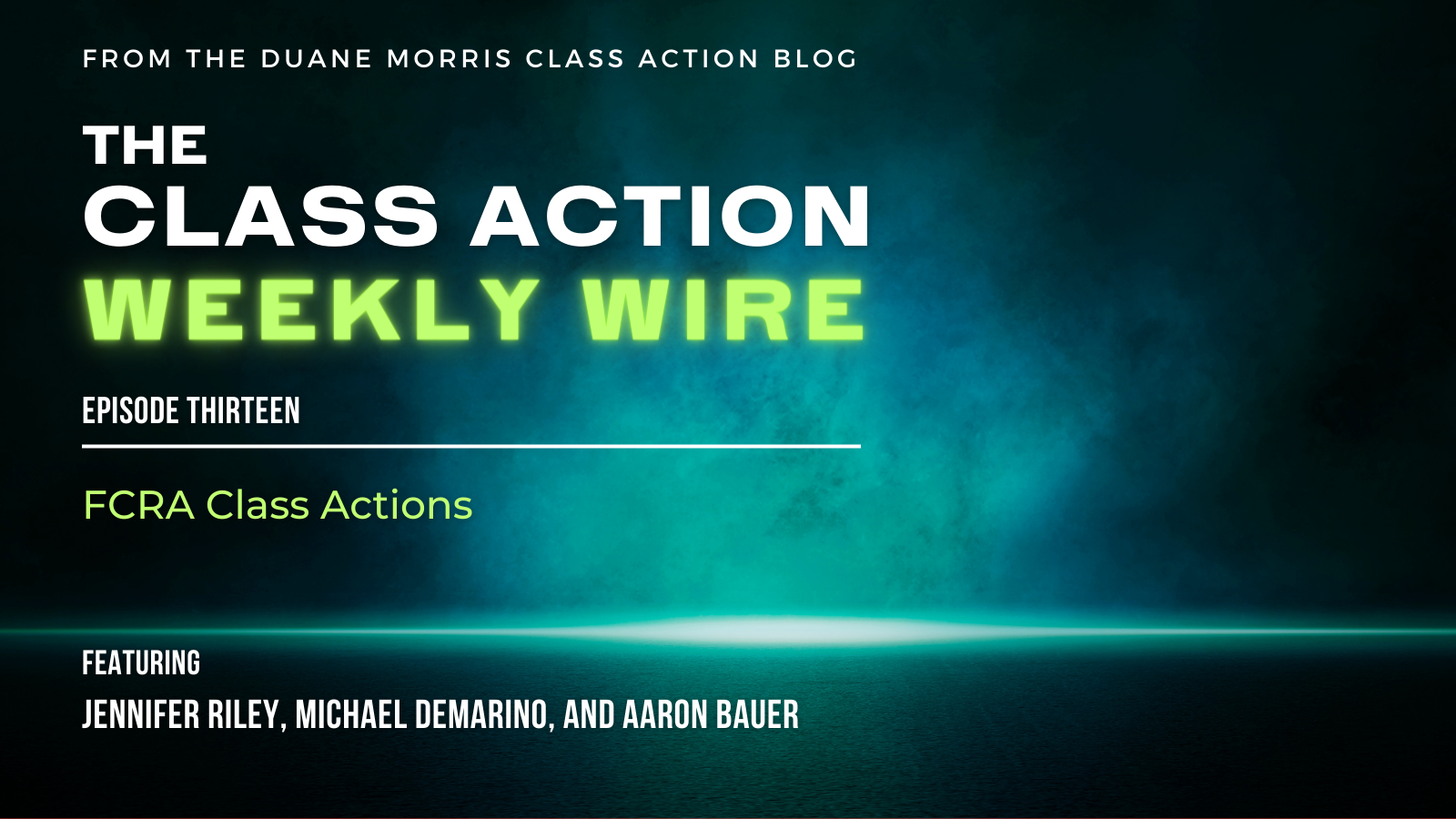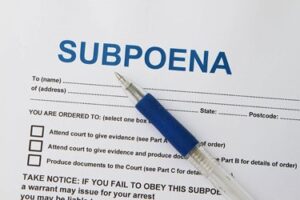 By Gerald L. Maatman, Jr., Jennifer A. Riley, and Jeffrey R. Zohn
By Gerald L. Maatman, Jr., Jennifer A. Riley, and Jeffrey R. Zohn
Duane Morris Takeaways: While the general rule is that a plaintiff in a class action bears the financial burden of notifying the class, that rule is not absolute. In some unusual circumstances, the district court may shift the burden of paying for class notice to defendants, according to the U.S. Court of Appeals for the Seventh Circuit. That unusual circumstance recently occurred in Bakov, et al. v. Consolidated World Travel, Inc., Case No. 21-2653, 2023 WL 3558175 (7th Cir. May 19, 2023). The Seventh Circuit explained that when a district court revisits class certifications decisions after it has determined liability, it may shift the financial burden of notifying the class to the defendant. In Bakov, the Seventh Circuit determined that the district court properly revisited class certification in light of a new law that effectively expanded the scope of the class and did not abuse its discretion when it required the Defendant to pay for class notification.
TCPA Background
Passed in 1991, the Telephone Consumer Protection Act (“TCPA”) was Congress’ response to “voluminous consumer complaints about abuses of telephone technology.” Mims v. Arrow Fin. Servs., LLC, 565 U.S. 368, 370-71 (2012). Specifically, the TCPA aimed to eliminate the onset of automated devices that played pre-recorded sales pitches at a rate well beyond what even the most efficient telemarketers could accomplish. In light of the rapidly evolving technology and clever attempts at bypassing TCPA restrictions, the federal government has amended the TCPA numerous time. For instance, in 2012, TCPA rules changed to require telemarketers to obtain consent before robocalling, to no longer allow telemarketers to use an established business relationship to avoid getting consent from consumers, and to require telemarketers to provide an automated opt-out mechanism during each robocall.
In the over 30 years since Congress enacted the TCPA, consumers continue to regularly file TCPA complaints with the Federal Communications Commission and class actions before federal courts across the country.
Case Background
In Bakov, Plaintiffs asserted that Defendant violated the TCPA by calling class members using pre-recorded voice messages, a practice the law expressly prohibits. Defendants employed a company based in India to call millions of people across the United States to offer them free cruises. The India-based agents would communicate by using a sound board with 47 pre-recorded prompts. Defendant paid that company a commission for each call that it successfully transferred to Defendant.
Judge Harry Leinenweber of the U.S. District Court for the Northern District of Illinois initially certified a class of people who resided in Illinois while denying a nationwide class. He held that the district court did not have personal jurisdiction over non-Illinois resident class members, pursuant to the Supreme Court’s opinion in Bristol-Myers Squibb Co. v. Superior Court of California, 582 U.S. 255 (2017). Shortly after this ruling, however, the Seventh Circuit issued a contrary ruling in Mussat v. IQVIA, Inc., 953 F.3d 441, 443 (7th Cir. 2020). In Mussat, the Seventh Circuit held that “the principles announced in Bristol-Myers do not apply to the case of a nationwide class action filed in federal court under a federal statute.” Bakov, at *1. This undercut the reasoning behind the district court’s decision to limit the class to Illinois residents. As a result, the district court re-opened that question and ultimately certified a nationwide class.
As is the case with any class action, under Rule 23(c)(3)(B), the new class members were entitled to notice and an opportunity to opt out. The district court held that Defendant was required to bear the costs of providing notice to the nationwide class because Defendant’s liability already had been established.
Defendant subsequently filed an interlocutory appeal on this issue to the Seventh Circuit.
Seventh Circuit Ruling
The Seventh Circuit succinctly summarized the issue before it — what authority do district courts have to impose the cost of class notice on a defendant that already has been found liable to the class? In most circumstances, it explained, none. However, under the “unusual” circumstances of this case, the Seventh Circuit held that the district court did not abuse its discretion when it assigned class notice costs to Defendant.
The difference between this unusual case and the more typical class action is that, here, after certifying the class and proceeding to the merits, the law changed in a way that expanded the class. The district court revisited the issue and enlarged the size of the class consistent with the new law. As a result of the atypical order of ruling on the class and the merits, the Seventh Circuit opined that the district court did not abuse its discretion in holding that the Defendant must bear the cost of notice to the class.
Ordinarily, the rule is that a plaintiff must initially bear the cost of notice to the class because “it is he who seeks to maintain the suit as a class action and to represent other members of his class.” Id. at *2. However, this ordinary rule leaves room for district courts to tailor the allocation of costs to the specifics of a case. Each case must be assessed on its own.
The Seventh Circuit reasoned that the facts presented to the court in this case are the precise reasons why the ordinary rule is not an absolute rule. Here, the district court had made its liability determination after it had a certified a class of Illinois residents, but before class certification and the necessary notice had been given to the non-Illinois class members. While rare, a district court may revisit class certification decisions after it has determined liability. In these situations, a district court has the discretion to shift notice costs to defendants, as it did here.
Implications For Corporate Defendants
The Bakov decision is an important reminder that the law is not static. While very few cases will ever have to deal with this precise issue, it is likely that the law will change in a material way during the pendency of an ongoing matter. For that reason, it continues to be important for all companies facing class action litigation.








